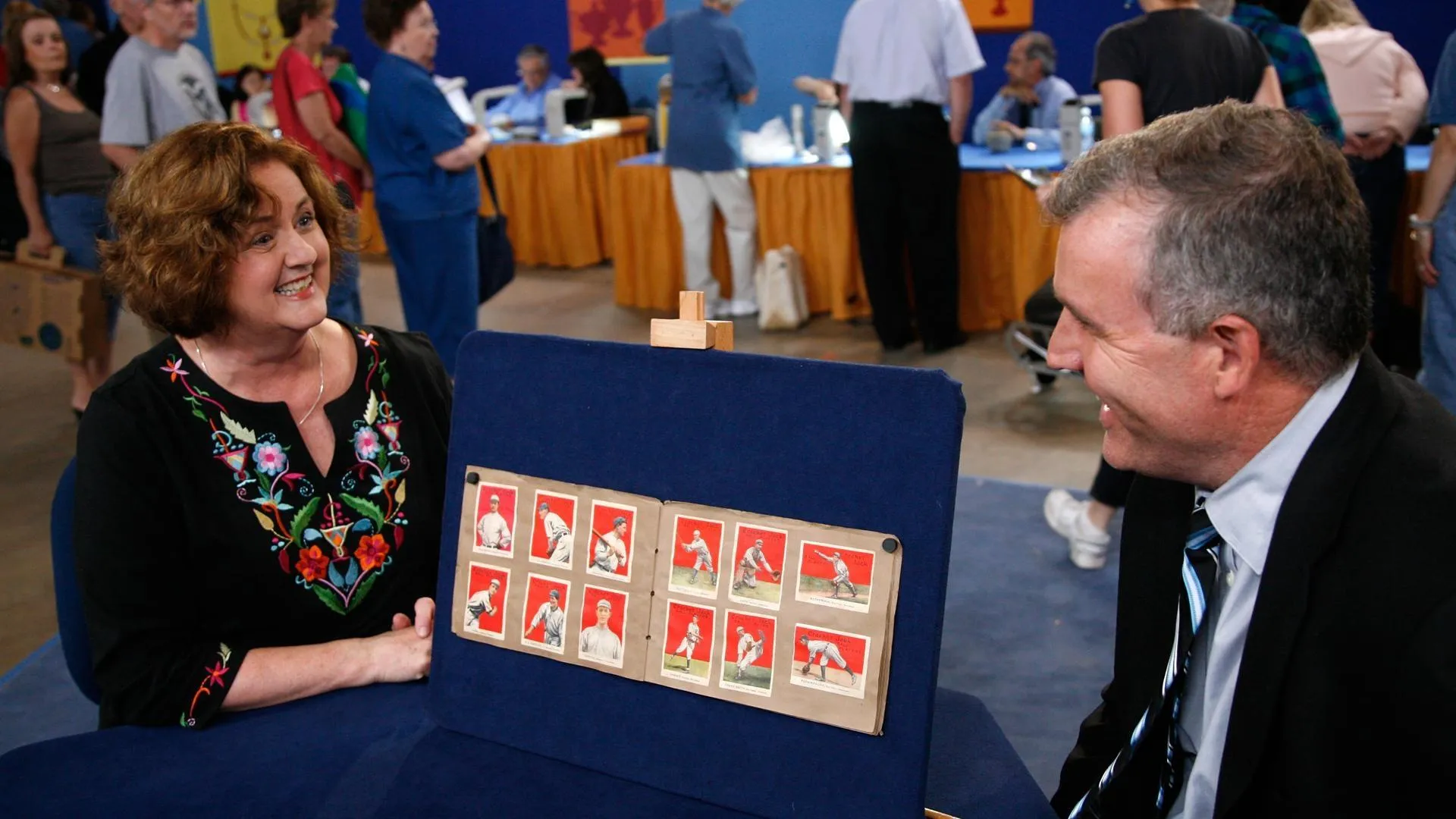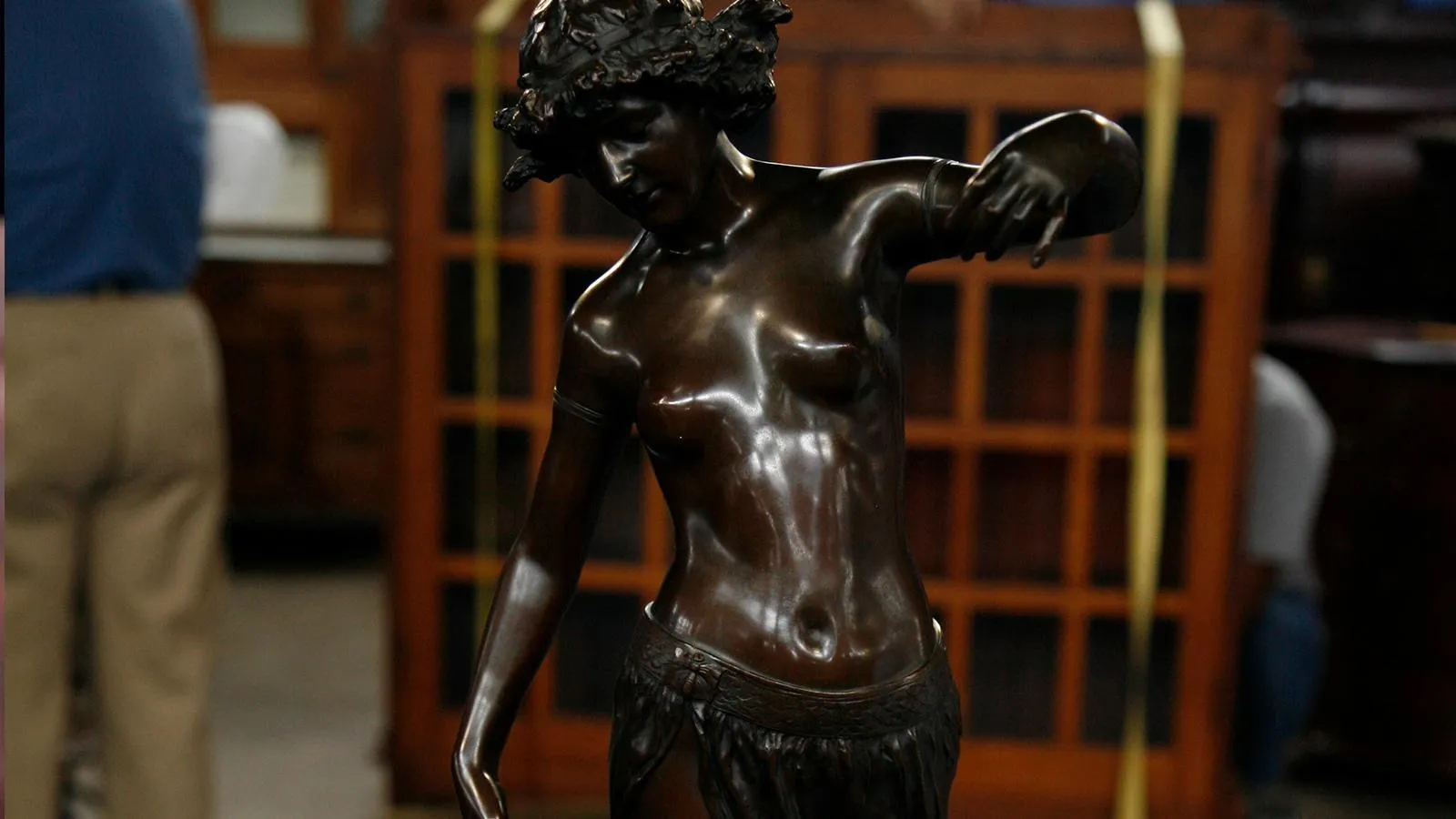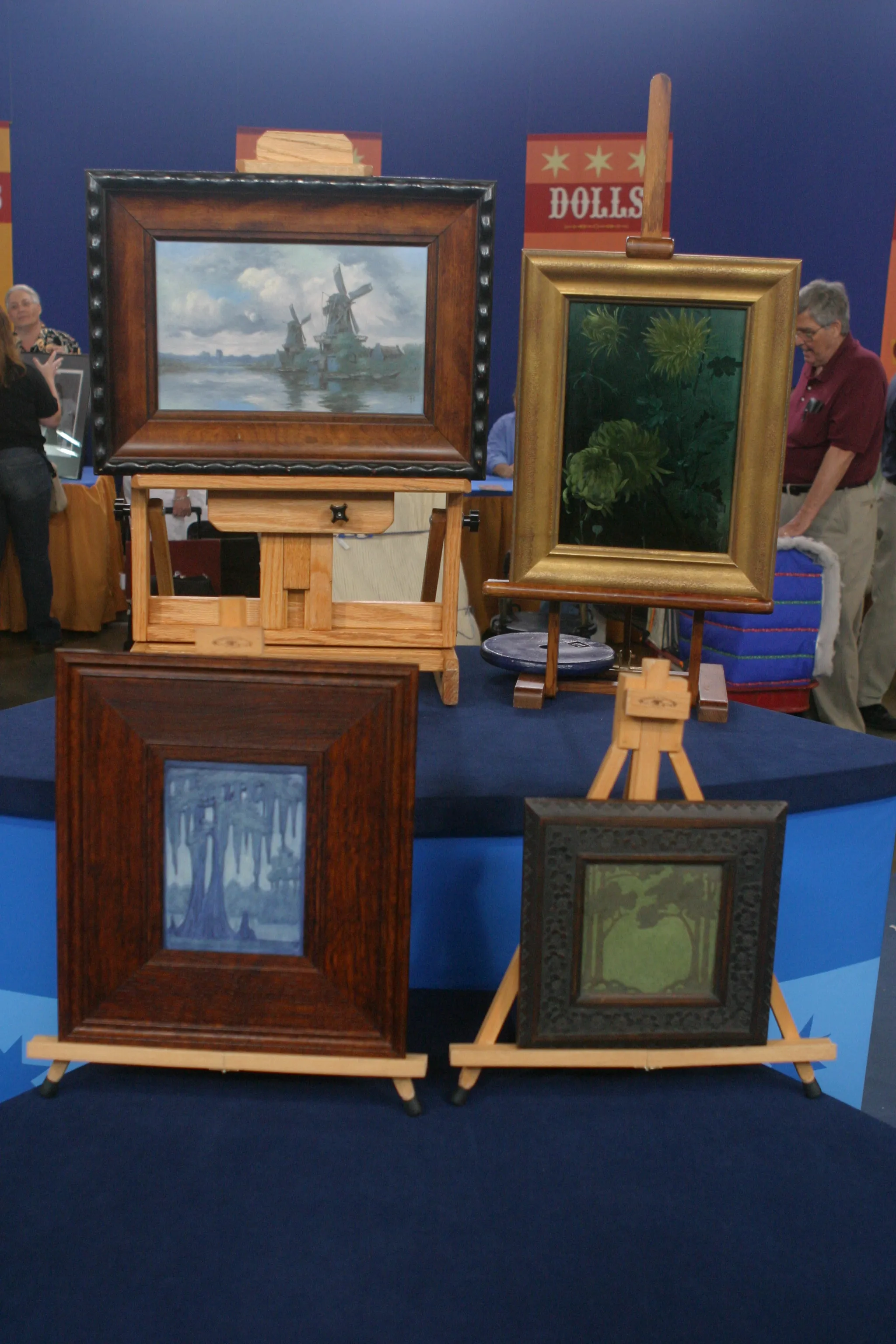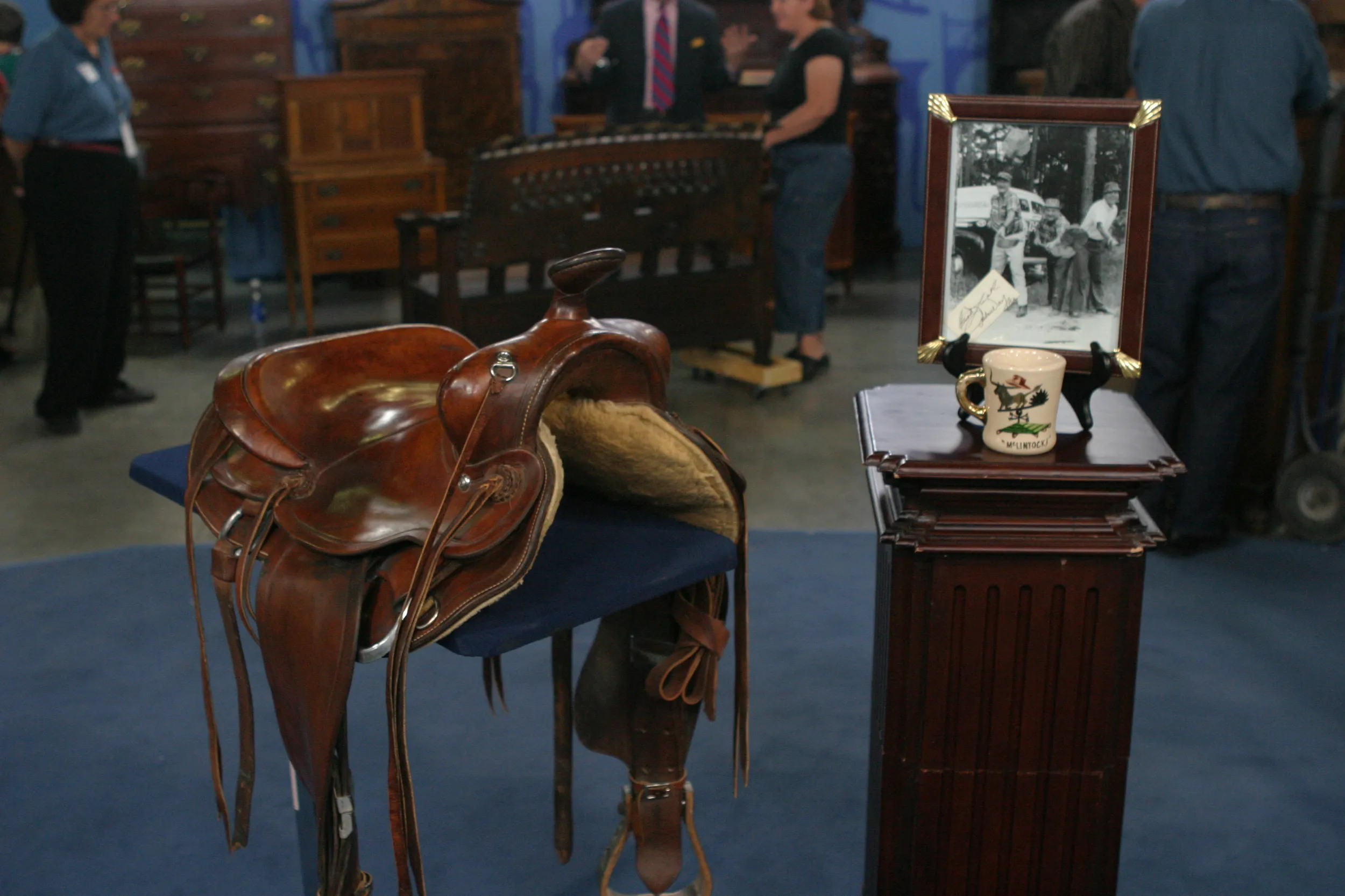GUEST: I brought two Kollwitz pictures. The first one is a mother and child, and we got that from a friend that's an art dealer in about 1980.
APPRAISER: Okay.
GUEST: And I liked it because of the topic. And I really didn't know much about the artist. And the other one we got from the same friend in 1985.
APPRAISER: And you paid how much for this one? The mother and child?
GUEST: $180.
APPRAISER: And for the portrait?
GUEST: For the portrait we paid $725.
APPRAISER: The artist, her name is Käthe Kollwitz, and she was a German artist who worked from the 1890s through 1942. 1945, she died. She's really in the upper echelon of German printmakers during the, the first half of the 20th century. Hers is really one of the saddest stories, I think, in art history of that time. She lost her youngest son in battle in World War I, and then, later on in life, lost her husband and one of her grandsons. So it was a fairly morose life. This print closest to you, the mother and child, is an etching that she made around 1900. The print closest to me is actually a self-portrait of the artist that she made around 1920. She is what's known as a German Expressionist artist, and she used the, the emotions throughout her life, and infused her pictures with those expressions.
GUEST: Yes.
APPRAISER: As other German Expressionist artists were doing during the 19-teens and '20s. Now, it's interesting here that the image closest to you of the mother and child is actually a later impression. It was printed after she died. There was a collector in Munich whose name was von der Becke, who not only collected her prints, her drawings, and her paintings, but also acquired her, the original etching plates...
GUEST: Yes.
APPRAISER: ...and made an edition from these plates, and that's what that image is closest to you. Now, just the opposite here is the self-portrait. That was made during her lifetime, printed by the artist on a wonderful sheet of cream Japan paper, which is very sought-after for Kollwitz. The more exotic, unusual the papers, the better. And it's actually pencil-signed down here in the lower right. On the later print, you have the blind stamp here of von der Becke. That's what that little blind stamp is down in the lower right corner.
GUEST: Oh, right.
APPRAISER: Now, as you might imagine, that greatly affects the values of the two.
GUEST: Yes.
APPRAISER: What collectors want is something that the artist actually worked on and perhaps signed, as is the case here. The later impression hasn't really appreciated that much in the 20-plus years that you've had it. A retail value today I would say is probably between $500 and $700.
GUEST: Mm-hmm.
APPRAISER: On the self-portrait, on the other hand, today a retail value for this would be around $12,000 to $18,000.
GUEST: Wow.
APPRAISER: So... That's because it's a Kollwitz. She's very important. But it's also a self-portrait, and like you were saying, it has that strength, that strength of character, and I think you can see through her the tiredness in her face, all that she's living through...
GUEST: Yes.
APPRAISER: ...yet persevering. Thank you very much.
GUEST: Thank you very much. I'm pleased.
APPRAISER: Thank you.













